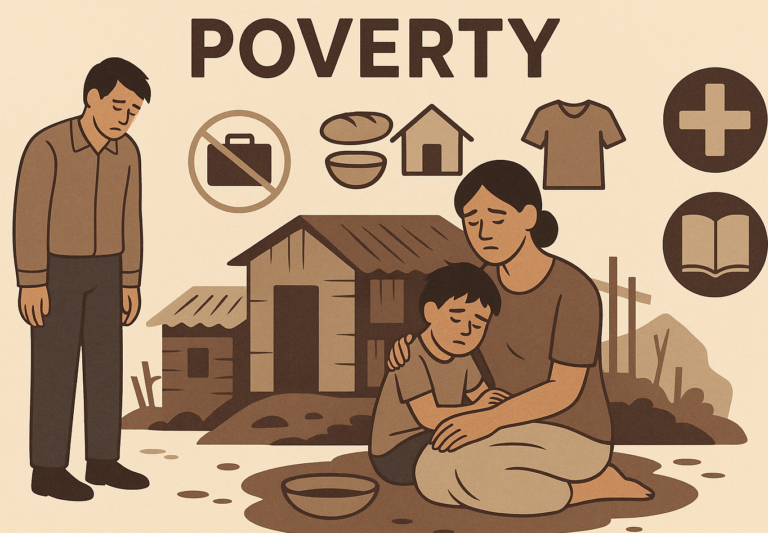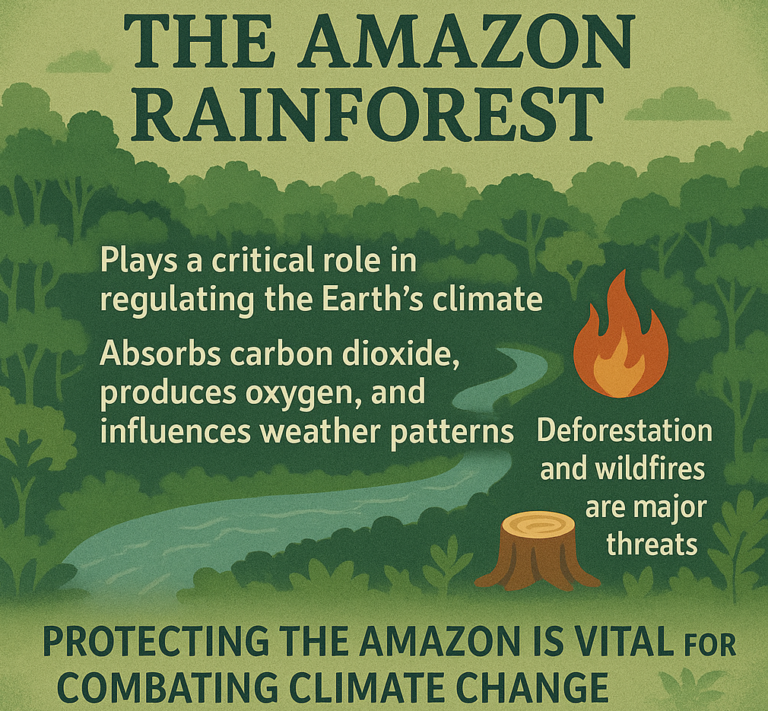The Role of Land in Biodiversity Conservation
Biodiversity refers to the variety of life on Earth—plants, animals, microorganisms, and ecosystems. Land plays a key role in biodiversity conservation because it provides the habitat where all these species live, grow, and interact. Here’s a simple breakdown of how land is involved in protecting biodiversity:

1. Land Provides Habitats
- Habitats are spaces where species live: These could be forests, grasslands, wetlands, or oceans. Each species needs specific types of land or ecosystems to survive. For example, a jaguar needs dense forests, while coral reefs are home to thousands of marine species.
- Protection of land = Protection of species: If we protect large areas of land (like national parks or reserves), we protect the species that live there. If habitats are destroyed (e.g., through deforestation or urbanization), species lose their homes, leading to a decline in biodiversity.
2. Land Supports Ecosystems
- Ecosystems are communities of living organisms: Land supports different ecosystems (forests, deserts, wetlands, etc.), each with its own set of species and interactions. For example, a forest ecosystem includes trees, animals, insects, fungi, and microorganisms, all interacting and supporting each other.
- Healthy ecosystems = Healthy biodiversity: When land is preserved, these ecosystems continue to function well, providing clean air, water, and food for wildlife. This balance is crucial for the survival of all species, including humans.
3. Land Allows for Ecological Processes
- Processes like pollination, water purification, and soil fertility: Land provides the foundation for natural processes that support life. For example, forests and grasslands help regulate water cycles, forests help in carbon storage, and wetlands filter water. These processes directly affect biodiversity because they maintain the conditions necessary for life to thrive.
- Disruption of land can disrupt these processes: When land is misused (through deforestation, pollution, etc.), these ecological processes are harmed, leading to a loss of biodiversity. For example, soil erosion or water contamination can reduce the number of species that can survive in an area.
4. Land Connectivity (Corridors)
- Creating connections between habitats: Sometimes, species need to move between different areas for food, mating, or migration. Wildlife corridors (strips of natural land) are created to connect isolated patches of habitat, allowing species to move freely.
- Fragmentation is harmful: If land is divided into small, isolated patches, species may become trapped and unable to find resources or mates. This increases the risk of extinction. Connecting these patches through corridors helps maintain genetic diversity and allows species to thrive.
5. Land Use and Human Activities
- Human activities impact land and biodiversity: Activities like farming, logging, mining, and urban development change the natural landscape, often leading to habitat loss, pollution, and over-exploitation of resources. This reduces the ability of land to support biodiversity.
- Sustainable land use: To conserve biodiversity, land use needs to be managed in a way that balances the needs of humans with the needs of nature. This includes practices like sustainable farming, reforestation, and eco-friendly urban planning.
6. Protected Areas and Conservation
- Protected areas are designated lands for biodiversity protection: National parks, nature reserves, and wildlife sanctuaries are areas where land is set aside to protect species and ecosystems. These areas help prevent human activities that could harm biodiversity, like deforestation or pollution.
- Effective conservation needs large, well-connected protected areas: A single small park may not be enough to protect species in the long term. Large, connected areas help maintain genetic diversity and give species room to adapt to changes in the environment.
7. Restoring Degraded Land
- Restoration is essential for biodiversity: Sometimes, land is damaged through human activity (deforestation, mining, agriculture). However, it’s possible to restore these lands by planting native vegetation, reintroducing species, and cleaning up pollution.
- Restoring land helps recover biodiversity: By restoring degraded land, we can bring back habitats for species that may have disappeared or become endangered due to land destruction.
Conclusion:
Land is essential to biodiversity conservation because it provides the physical space where species live, interact, and thrive. Protecting and wisely managing land ensures the survival of ecosystems and the species that depend on them. By preserving habitats, creating protected areas, maintaining ecological processes, and restoring damaged land, we can help maintain biodiversity for future generations.











